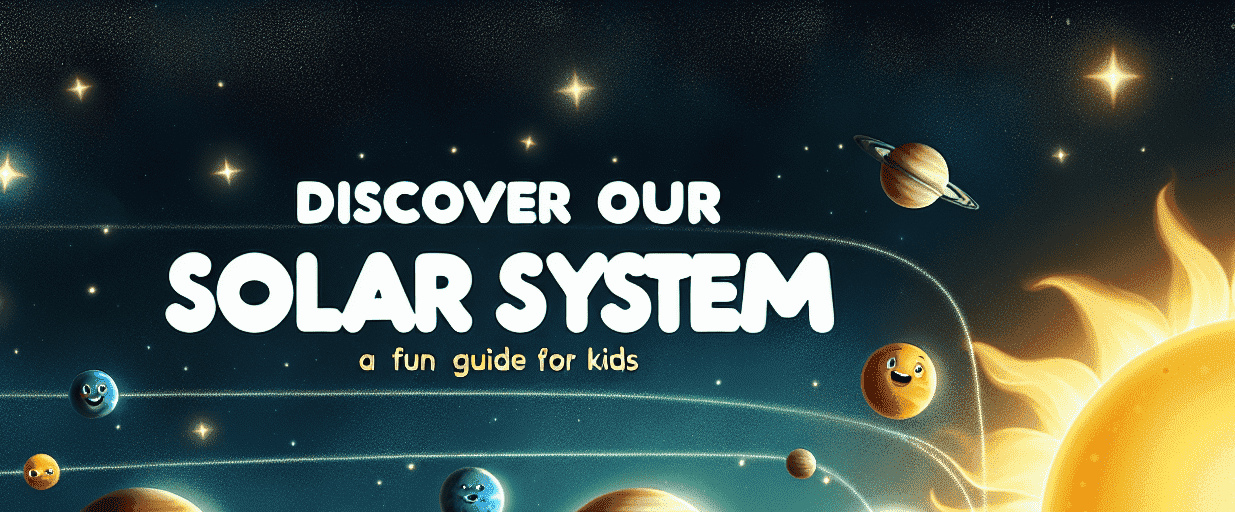
Unlock the Power of Geofencing: Connect with Customers Where It Matters Most!
 Rohan Hall Published on: 2025-01-20T01:07:34.389000
Rohan Hall Published on: 2025-01-20T01:07:34.389000Introduction: Geofencing Strategies: Reaching Customers at the Right Place, Right Time
In today's digital world, businesses are turning to innovative techniques to connect with their audiences. One such strategy is geofencing, which helps businesses reach customers at the right place, right time. But what exactly is geofencing? It's a techy term that simply means using GPS or RFID technology to create a virtual boundary around a location. When a device enters this boundary, it can trigger messages or alerts tailored to that specific area.
There are several benefits to using geofencing strategies for your business:
- Increased Foot Traffic: By sending promotions to potential customers near your store, you can drive more individuals to visit.
- Better Targeting: Get your message across to people already in your location, boosting the likelihood of a purchase.
- Cost-Effective Marketing: Focus your advertising budget on audiences close to your business location, improving ROI.
- Improved Customer Engagement: Connect with your audience through personalized messages, enhancing customer experience.
Adopting a geofencing marketing strategy can set your business apart from competitors. Many users have seen notable changes by using these "location-based marketing tactics." In this understanding of reaching customers just when it matters, simple actions can lead to significant results. Explore the power of geofencing and see how it can transform your business approach.
Understanding Geofencing: A Beginner's Guide to Location-Based Marketing
Welcome to the world of geofencing, a powerful tool for businesses looking to leverage location-based marketing strategies. Geofencing uses GPS or RFID technology to create virtual boundaries around specific geographical areas. Imagine a digital fence surrounding a physical space. When someone enters this zone with their smartphone or device, businesses can send notifications or promotions directly to them. This technique allows companies to target potential customers based on their physical location, significantly enhancing marketing effectiveness. By understanding geofencing, businesses can engage their audience in a more personal and meaningful way.
For those new to geofencing, here's a simple beginner's guide to get started. First, define the target area where you want to implement geofencing - it could be your store location, a competitors space, or even a specific event venue. Then, create compelling and personalized offers to attract customers. Remember, geofencing isn't just for retailers. Service-based industries like restaurants, hotels, and even local events can benefit from this technology. In essence, location-based marketing offers businesses a chance to reach the right customers at the right time. By integrating geofencing into your marketing strategy, you can improve engagement, drive foot traffic, and ultimately boost sales.
How Geofencing Boosts Retail Sales: Tailored Offers in Real-Time
Geofencing is a powerful tool that can significantly boost retail sales by providing personalized experiences to customers. Imagine walking near a store and receiving a special offer on your mobile device-this is the beauty of geofencing at work. It uses location-based technology to create virtual boundaries, known as geofences, around specific areas. When a customer enters or exits this space, they receive real-time offers tailored just for them. This drives customer engagement and encourages impulse buys. By delivering these timely updates, businesses can enhance the shopping experience and increase foot traffic, ultimately leading to higher sales.
The benefits of geofencing extend beyond just attracting customers. It also helps store owners gather valuable insights into consumer behavior. Businesses can track when customers visit their stores, how long they stay, and what interests them most. These analytics are crucial for developing targeted marketing strategies. Moreover, geofencing allows for the implementation of loyalty programs by sending exclusive discounts to repeat customers, fostering a sense of belonging and appreciation. In today's competitive market, taking advantage of real-time offers through geofencing can effectively differentiate a business. More and more retailers are adopting this technique to stay ahead and provide an exceptional shopping experience that resonates with consumers.
- Boost retail sales with location-based marketing.
- Engage customers through exclusive real-time offers.
- Understand customer behavior with insightful analytics.
- Enhance loyalty programs by targeting repeat shoppers.
Maximizing Local Engagement: Tips to Get Customers in Your Store
In today's fast-paced digital world, enhancing local engagement is crucial for businesses eager to attract more patrons to their physical stores. One effective method to get customers into your shop is by utilizing geofencing tips. Geofencing is a location-based service that sends notifications to smartphones when a device enters a pre-set area. This technology allows businesses to communicate directly with potential customers when they're nearby. Imagine a customer walking by your store and instantly receiving a special discount offer through a notification; this could be the nudge needed to bring them in.
Another way to improve local engagement and boost foot traffic is by creating an inviting ambiance both inside and outside your storefront. Potential customers often decide to enter a store based on its appearance. Here are a few key points to consider:
- Make sure your store signs are easy to read and well-lit.
- Create eye-catching window displays that showcase popular products.
- Ensure that the entrance is welcoming and not cluttered.
Besides these physical aspects, actively engaging with the community on social media platforms can help build a loyal local customer base. Encourage customers to check in on social media and share their experiences at your store, increasing your brand visibility and encouraging others to visit. Maximizing local engagement not only enhances your store's reputation but also helps cultivate stronger relationships with customers.
Effective Geofencing Use Cases: From Restaurants to Real Estate
Geofencing is a powerful tool that harnesses location-based technology to enhance marketing strategies across various industries. It allows businesses to create a virtual perimeter or a "fence" around a specific area. When someone enters this area with their smartphone, pre-defined actions or notifications can be triggered. In the restaurant industry, geofencing use cases are abundant. Restaurants can target potential customers who are nearby or frequently in their vicinity. For instance, they can send exclusive discounts or promotions to attract hungry diners. This targeted marketing approach not only increases foot traffic but also boosts sales. With geofencing, restaurants can deliver personalized messages and enhance customer experience.
Similarly, geofencing use cases in real estate have opened new avenues for engaging prospective buyers. Real estate agents can set virtual perimeters around properties for sale. When potential buyers enter the area, instant notifications can be sent with information about open houses or attractive property deals. This innovative approach makes house hunting more efficient and interactive. It connects buyers with listings actively and directly, minimizing the gap between interest and action. By leveraging the potential of geofencing, the real estate market can attract more engaged and qualified inquiries, effectively turning interest into transactions.
Geofencing vs Beacons: Choosing the Right Tech for Your Business
When deciding between geofencing and beacons for your business, it's vital to understand the unique advantages each technology offers. Geofencing technology uses GPS and radio frequency identification (RFID) to create a virtual perimeter around a set location. This setup allows businesses to send notifications or promotions to customers who enter or exit this designated area. On the other hand, beacons employ Bluetooth technology to interact with customers who are nearby, providing a more precise and personalized engagement. The choice between these two often depends on your business needs, such as the area size you wish to cover or the degree of communication you desire with your customers.
Consider your business goals to determine which tech fits best. If your objective is to have a broad reach, such as offering general promotions to everyone within a city block, geofencing might be the ideal solution. However, if you're aiming for a more targeted interaction like guiding customers within a store or specific section, beacons can offer more accurate data and user engagement. Evaluate these options based on factors like your user base size, the geographical area of operation, and the level of customization your advertising strategy demands. By understanding these technologies more clearly, youll be able to make the right choice for your business, helping you connect with your audience more effectively.
Measuring Success: Geofencing Metrics Every Business Should Track
Understanding how to measure success with geofencing metrics can boost your business's performance significantly. Geofencing involves using location-based technology to define geographical boundaries, allowing businesses to engage with customers when they enter, exit, or linger within these boundaries. By focusing on the right metrics, businesses can track performance effectively and enhance customer engagement. Important metrics to consider include the location visit rate, conversion zone data, and audience targeting accuracy. These metrics help businesses understand which campaigns are attracting more foot traffic and where improvements are needed.
It is crucial for businesses aiming for success to consistently monitor and analyze these metrics. Tracking conversions, customer dwell time, and the effectiveness of push notifications can provide valuable insights into consumer behavior and preferences. These data points can reveal how successful a geofencing campaign is and what adjustments might yield better results. Here are a few tips to keep in mind:
- Enhance your strategy by focusing on increasing the accuracy of your geofencing alerts.
- Utilize conversion data to measure the impact on sales or sign-ups.
- Analyze dwell time to understand customer interest in your physical location.
By leveraging these geofencing metrics, you ensure that your marketing efforts are not only reaching the right audience but also leading to actionable results. As businesses continue to optimize their location-based strategies, measuring and understanding these metrics become increasingly vital for sustained growth and customer engagement.
Conclusion
In conclusion, embracing geofencing strategies can significantly enhance how businesses connect with their customers. By understanding location-based technology, businesses can deliver messages to the right audience at the right time. This provides a personal touch, making customers feel valued and heard. Implementing geofencing has several benefits:
- Increased Engagement: Interact with customers right when they are near your location.
- Cost Efficiency: Target specific areas and demographics, reducing wasted marketing spend.
- Better Customer Experience: Offer timely deals or information, enhancing customer satisfaction.
To start experiencing these benefits, you can take immediate actions like exploring platforms that offer geofencing technology or partnering with a marketing agency specializing in location-based services. This way, your business can begin to harness the power of reaching customers in just the right places, boosting your company's success and customer loyalty. Remember, engaging with your audience where they are means creating a connection that truly resonates!
Contact Us
Reach out to us and let us know how we can help you.
Name*
Email*
Phone*
How can we help?*


